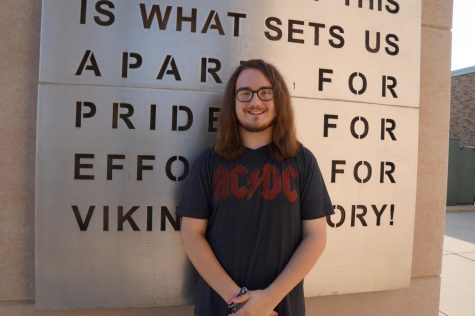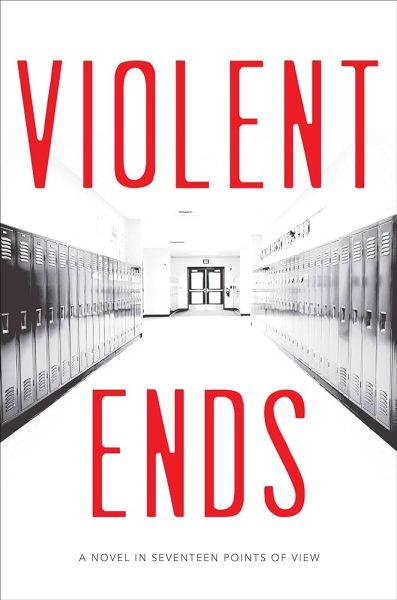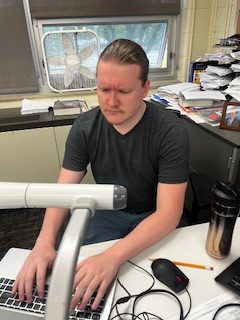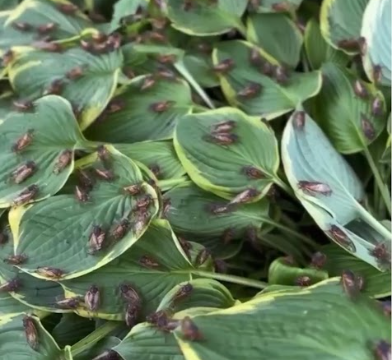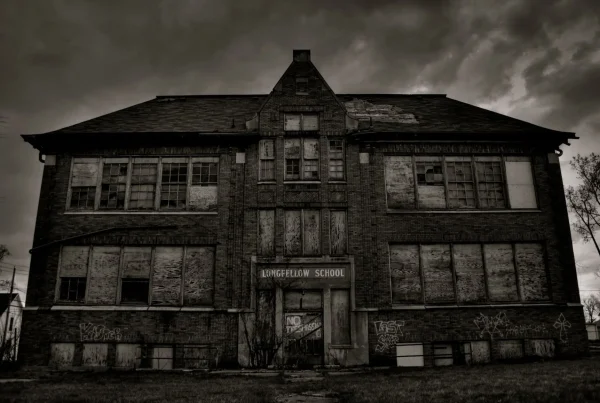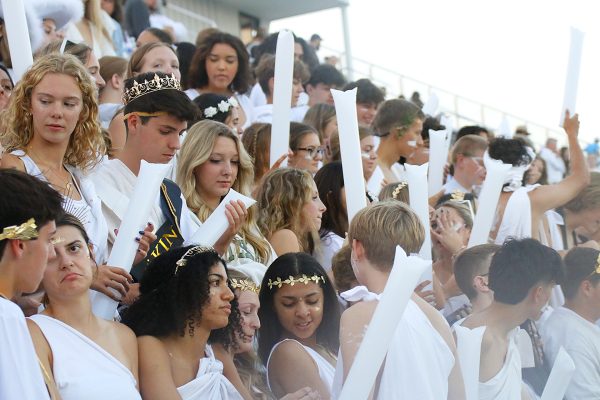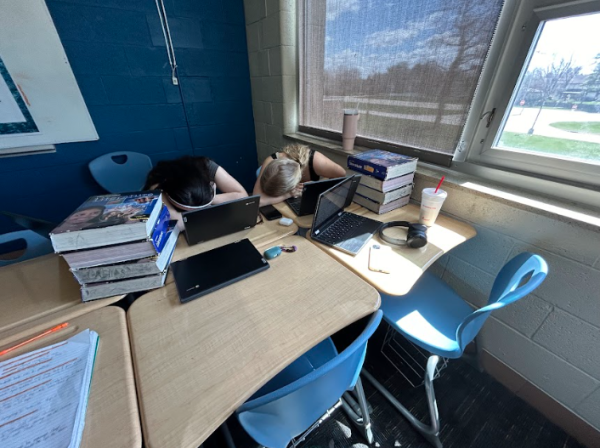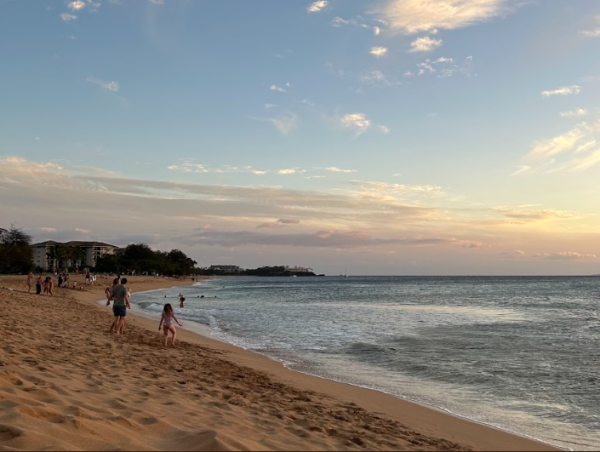Crisis in Ukraine: will class of ’22 go to war with Russia?
The current situation in Ukraine might parallel the Cold War tension of the Cuban Missile Crisis of 1962. However, instead of 90 miles from the United States, Russia appears to be ready to invade Ukraine – a former Soviet Republic daring to join NATO.
Ukraine has become the Eastern European equivalent of a 21st-century Cuban Missile Crisis, and the U.S. and the world’s embarrassment of Russia’s invasion/occupation of Crimea, with parallels to the embarrassment at the Bay Of Pigs. In that case, the United States continued a cold war for two more decades including a humiliating war in Vietnam–all to stop the spread of the influence of Russia and communism.
If Russia does invade Ukraine by the end of January in a covert military operation, referred to as a “false-flag,” (where Russia would accuse Ukraine of attacking first and invade in “self-defense”) will it happen because (as Rep Michael McCaul (Texas) blatantly asserted in the Sunday, January 16, interview with Jake Tapper on CNN’s “State Of the Union” program) President Vladimir Putin senses weaknesses in the United States and President Joseph Biden?
This is the same argument of U.S. weakness asserted by critics of President John F. Kennedy for allowing Russia’s influence and nuclear threat 90 miles from U.S. territory.
How might a Russian invasion of Ukraine and the escalation of a new cold war with the United States affect Guilford alumni and soon-to-graduate students? All Guilford male students turning 18-years-of-age have 30 days to register for the Selective Service – it is, after all, federal law.
Whether or not this year’s graduates and those ages 18 to 25 during the next 20 years will face a war in Europe hinges on what Russian President Putin does this month in Ukraine.
The last generation of Guilford graduates faced major military involvements in the wars in Iraq and the War in Afghanistan. The graduating class of 2022, however, is the first in two decades to not have the possibility of serving in a major war zone. President Biden announced this summer that the U.S. is no longer involved in a war for the first time in 20 years.
However, the possibility of war in Ukraine has intensified into a crisis that could potentially involve not only the Class of 2022, but also previous Guilford graduating classes from 2015 through 2022 and beyond. According to U.S. Intelligence, Russia is using its own operatives, trained in urban warfare, to conduct acts of sabotage using explosives against its own proxy forces to justify a Russian invasion of Ukraine. Whether or not an invasion is a prelude to another war in Europe, the “new” Cold War (much like a “hot war”) will trigger an increase in the number of active and stand-by military personnel and an intensified industrial-military response.
Two months ago, Russia amassed some 114,000 tactical, regular army troops for a quick invasion of Ukraine, including reservist troops on the border for possible occupation. U.S. Secretary of State Antony Blinken admitted that we simply do not know whether these actions represent Putin’s resolve to counter NATO exercises in Eastern Europe or a prelude for an invasion of Ukraine (The New York Times, Nov 20), .
“[We] do know that we’ve seen in the past [Russian forces deployed] on Ukraine’s borders, claim some kind of provocation by Ukraine and then invade and basically follow through on something they were planning all along,” Blinken said. “That’s what they did in 2014. And so this raises real concerns about an effort to repeat what was done then,” which, he said, “would be a serious mistake” (quoted in Nov 14, Financial Times).
One way to destabilize the region is to create a diversion, such as a regional border crisis, much like the one present in the region. Migrants from Belarus have created a crisis by seeking refuge in Poland, as Putin attempts to distract Western attention away from Russia’s troop buildup along the border with Ukraine. No matter Putin’s intentions, the tens of thousands of Russian reservists being called up for military duty is by far the largest since the dissolution of the Soviet Union, and it is by no mere chance.
According to The Japan Times, “The role of reservists in any conflict would be to secure territory in a later phase after the tactical battalions paved the way, [even though] Russia hasn’t publicly announced any major call-up of reservists” (qtd Nov 22). Moreover, the Russian troop build-up involves both tactical battalions and army reservists “‘to prepare for a rapid, large-scale [invasion at] multiple locations in the event of an [occupation of Ukraine]” (qtd in Forbes, Nov 21)
Whether the U.S. or other Western nations believe that massive Russian troop movements serve as a prelude to war, the Ukraine Defense Intelligence agency predicts Russia will attack Ukraine from neighboring Belarus “around the end of January or early February” (Forbes). The Secretary-General of NATO has reminded that such a “concentration of [Russian] troops [has been used before]…to conduct aggressive actions against Ukraine” (Forbes).
Closer to home, Guilford students, especially graduating seniors turning 18, are watching (with some self-interest) the current events in Eastern Europe for a possible second invasion of Ukraine by Russian troops. Just as important, though, the graduating class of 2022 is wondering whether or not their forced registration for the Selective Service is a prelude to the U.S. fighting the next major world conflict – in proxy with military equipment or in actual combat with American troops. The impact of Ukraine and the “new” Cold War, not to mention the similar crisis unfolding in Eastern Asia regarding China’s intention to take Taiwan, is already a factor in the future plans of Guilford students.
After all, wars are historically fought–and died in–by the young.



